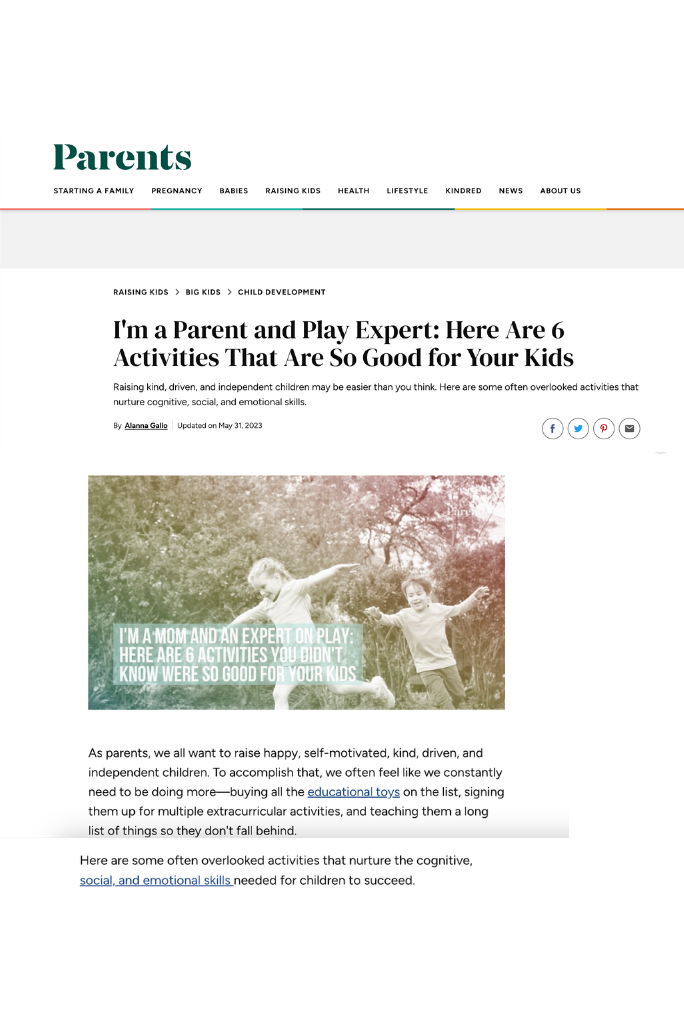I help parents get kids off screens and back into play.
You might have seen me in:
Hi! I'm Alanna, the founder of Play. Learn. Thrive.™
I'm a former teacher and proud mom of four.
After spending a decade working in a broken education system, I began to recognize that many of my students' challenges, like a lack of motivation and self-actualization, could be traced back to their early childhood experiences. This realization sparked my passion for delving deeper into child development.
However, becoming a mother myself truly ignited my drive to understand what it takes to raise children who are happy, self-motivated, kind, determined, and independent.


let's do this
Play. Learn. Thrive. was founded as a brand, but it is truly a way of life. My six-pillar approach to parenting fosters the natural progression of child development. It will make you a more confident parent and equip you with the tools to raise socially and emotionally intelligent kids who thrive.

You need this FREE 50 Screen-Free Activities list like yesterday…
Are you looking for ways to cut back on screen time? This list of 50 SUPER SIMPLE activities will get your kiddos off screens and playing for hours! #winning
Recent Work
On the Blog
Learn with me

5-Step Screen Detox Challenge
Reclaim Childhood Course













